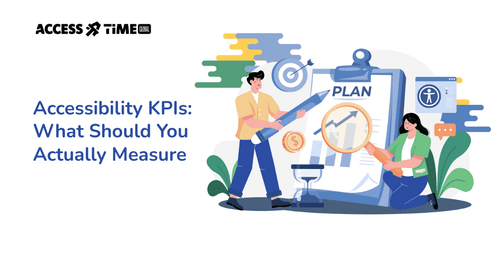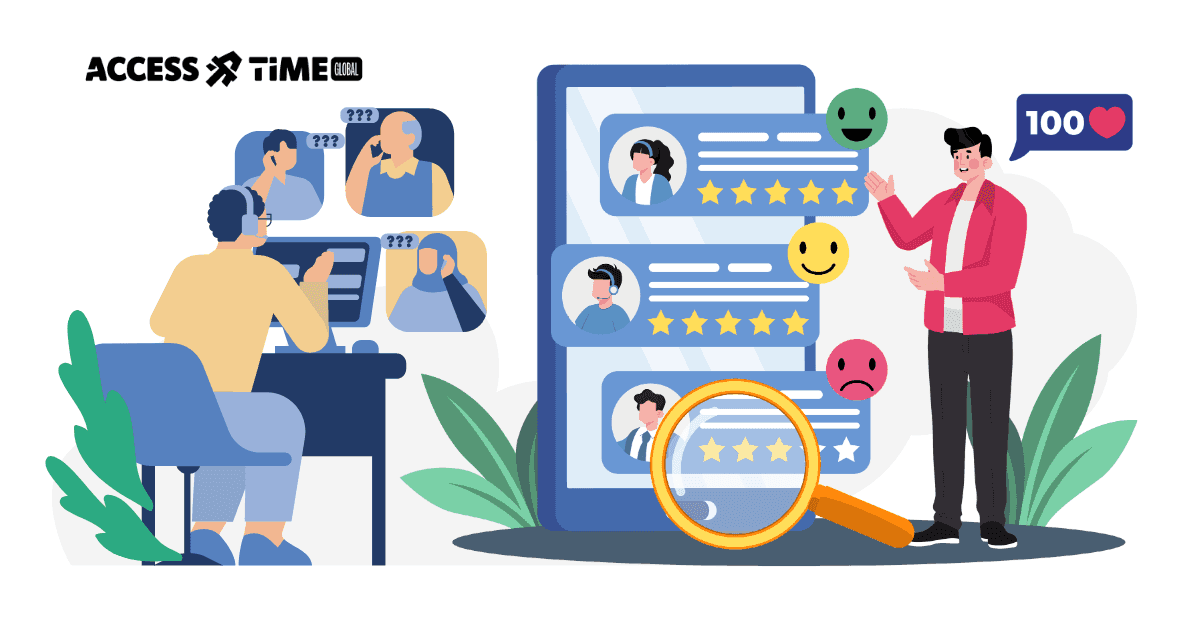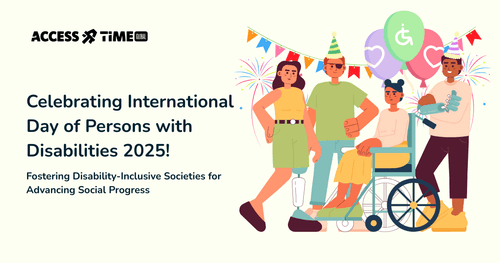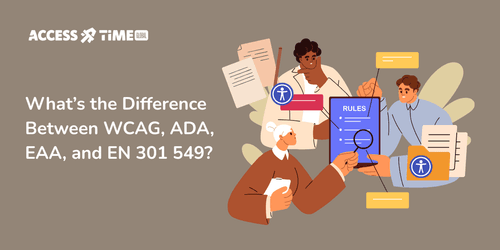Accessibility KPIs: What Should You Actually Measure
Prasaja Mukti - Accessibility UX Writer
●●
We love hearing teams celebrate their accessibility progress, but that percentage can also makes us wonder about the other story. The one about whether Maria can actually book that doctor's appointment on your website, or if David finds the checkout process so frustrating he abandons his cart every time.
Compliance scores are important, like a health check-up for websites. But they don't tell you if people are actually having good experiences. So let's talk about what you should really be measuring when it comes to accessibility.
What Actually Matters Beyond the Checklist
Think of WCAG compliance like following a recipe. You can use all the right ingredients in the right proportions, but that doesn't guarantee the meal will taste good or that people will want to eat it. Compliance gets you to baseline functionality, but user satisfaction requires looking at the bigger picture.
The metrics that matter most are the ones that reflect real human experiences.
Can people complete the tasks they came to do?
How long does it take them?
Do they feel frustrated or confident while using your product?
These questions reveal whether your accessibility efforts are creating genuine value.
Measuring What Users Actually Experience
Task completion rates
tell you the most important story. Are people with disabilities able to do what they need to do on your site? Set up your analytics to track completion rates for key user flows, and look for patterns. If users who navigate primarily with keyboards are dropping off at your contact form, that's
valuable information that no compliance audit would catch.
Time to complete tasks
is another revealing metric. Yes, some users naturally take longer to complete tasks, but dramatic differences often indicate friction points. If booking an appointment takes most users 3 minutes but consistently takes screen reader users 15 minutes, there's
probably a usability issue hiding in your accessible implementation
.
Error rates and recovery success
show you how resilient your accessible experience really is. When things go wrong—
and they will, but we're here for you
—can users figure out what happened and how to fix it? High error rates or low recovery rates often mean your
accessibility works in perfect conditions but breaks down in real-world use
.
The Quality of the Experience

Moving beyond basic functionality, you want to measure whether people actually enjoy using your product.
User satisfaction scores
might seem obvious, but they're incredibly valuable. Survey users about their experience, and specifically ask users with disabilities how well your product works with their assistive technology. Ask about frustration levels and whether they'd recommend your product to others.
Return visitor behavior
tells you whether your accessible experience is good enough that people want to come back. If users with disabilities visit once and never return, your site might be technically usable but not pleasant or efficient enough to build loyalty.
Support ticket analysis
is often overlooked but incredibly revealing. What percentage of your customer service requests are accessibility-related? What types of problems come up repeatedly? These patterns can point to systemic issues that technical audits miss.
Connecting to Business Impact
Here's where accessibility measurement gets interesting, it's when you connect it to outcomes that matter to your organization.
Conversion rates by user group
help you understand whether accessibility improvements are actually driving business results. Often, when you fix accessibility barriers, you improve conversion rates for everyone, not just users with disabilities.
Feature adoption rates
show whether your accessible features are discoverable and valuable. If you've invested in accessibility improvements but users aren't finding or using them, that's important feedback about your implementation approach.
Brand sentiment and advocacy
can be tracked through social media mentions, reviews, and word-of-mouth recommendations. Users with disabilities often become strong advocates for companies that serve them well, and their recommendations carry significant weight in the disability community.
Making Measurement Practical
The key to effective accessibility measurement is starting simple and building over time. Pick 2-3 metrics you can track consistently rather than trying to measure everything at once.
Create a simple dashboard that combines technical metrics (like compliance scores) with experience metrics (like task completion rates). This gives you a balanced view of how your accessibility efforts are performing.
Most importantly, use your metrics to drive continuous improvement, not just to report status.
Every metric represents real people trying to accomplish something important to them. The best accessibility metrics tell human stories.
There's story about frustrations overcome. Story about tasks completed successfully. And, of course experiences that made someone's day a little easier.
When you measure the right things, you're tracking whether you're living up to your commitment to inclusive design. And that makes all the difference between numbers on a dashboard and genuine impact in people's lives.
Ready to Establish Meaningful Measurements?
If you’re serious about building accessibility into your workflow, the next step isn’t just running a scan, it’s having the right strategy. At AccessTime, we’ve helped companies across industries move from compliance checklists to integrated accessibility practices that actually improve customer experience.
Our consultation goes beyond pointing out issues. We work with your team to define meaningful KPIs, set up measurement frameworks, and ensure accessibility becomes part of your everyday process, not just an afterthought.
Ready to see how accessibility metrics can drive both inclusion and business results?
Book a consultation with AccessTime
and let’s build a measurement strategy that sticks.
Contact Us
Ready to explore how accessibility can transform your products? Visit our contact page to learn more about AccessTime consultancy services, or try Access Lens to get started with a fresh perspective on what's possible.
Share:

